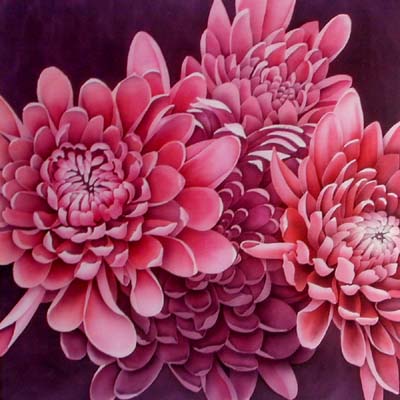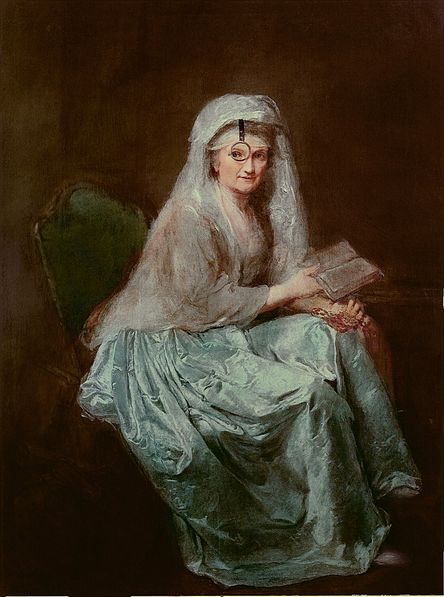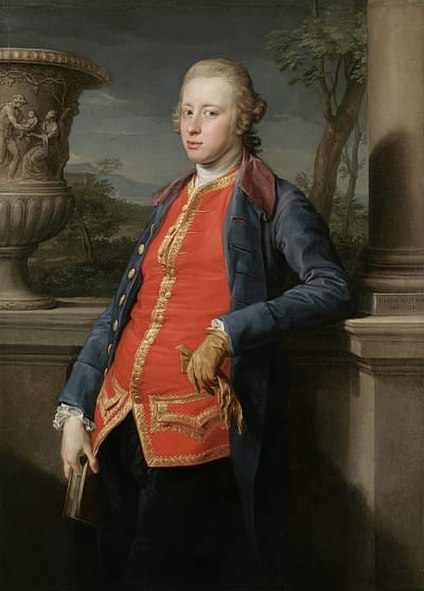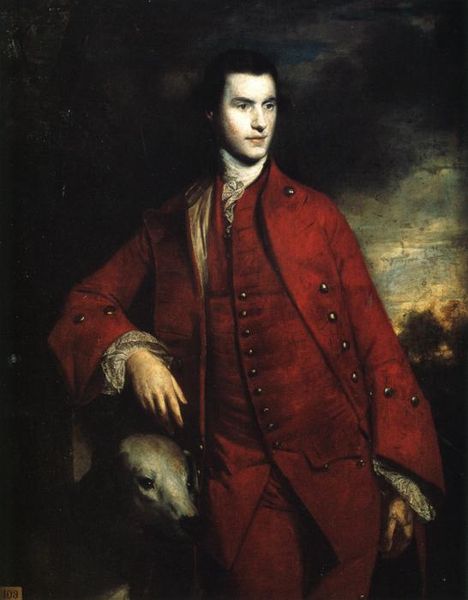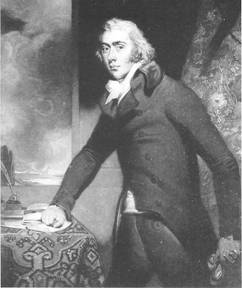 T
Today is a special day so it deserves a very special tart. Emy Lyon was born into poverty on April 26, possibly in the year 1764. She didn't have much going for her but she was gorgeous. At the age of 12 she began work as a maid but was fired for spending a drunken night with officers (officers!) from Coxheath. At 13 she was streetwalker in Soho, selling herself in order to keep from starving. The Madame, Mrs. Kelly must have seen her lovely face and saw profit all over it because she soon became a high-class prostitute of Kensington Gardens, no more rags for her! Her face made impressions on most everybody; in 1802 the Prince of Wales told Elizabeth Vigee-Lebrun how he had seen the most beautiful girl in rags years ago whom he later recognized as Lady Hamilton upon formal introduction. It has even been rumored she was one of the quack, Dr Graham's Goddesses of Health who would model half-nude at his temple of health.

By 1781 Emily (Hart), as she was now known, had moved in with Sir Henry Featherstonhaugh. She mostly served as a someone for him to have sex with when he came home from hunting, but the 15 year old thought she was in love. In August of that year Sir Henry tired of her and literally deposited her in London. Unfortunately, this is when Emma realized she was pregnant. Not knowing where to turn to, she wrote to Sir Henry's friend, the Honorable
Charles Greville. Grenville agreed to help her, and so began one of the most complicated and bad relationships in history that it will make many feel better about their own.
In order for Emma to gain Greville's help, Emma had to agree to do whatever he said, including give up the child. The naive Emma (well, to be honest she was also kind of stupid) soon became Greville's live-in love slave. And she enjoyed every minute. Greville wasn't evil, he was just a control freak. He manipulated Emma to the point where the lovesick girl did everything she could do to please him. As much as she wanted to be a mother to her child, she wanted to please Greville more. Greville, being a second son, never had any money but had an extreme interest in collecting antiques. This hobby of his came from his old uncle,
Sir William Hamilton, the British ambassador to Naples. Greville's mistress was more than he could afford, despite him teaching her his thrifty ways. She was just another prized Classical antique to him, but what if he could use her to his advantage....Grenville began selling Emma...
as a model!

And boy did she sell, George Romney practically fell in love with her. Emma like the attention modeling gave her too; Greville was too stuffy to pay her the attention she craved. By this time Emma was known as Emma Hart and making quite a name (or face) for herself as the gorgeous model. One of her admirers was Greville's uncle, Sir William, an old and lonely widower.
Greville's finances were not getting any better so he did what he he usually did with any of his antiques when he was strapped for cash, he sold Emma to another collector, his uncle. Emma had no idea that she was part of the transaction to pay of Greville's debts. She thought she was just taking a nice little vacation to Naples with nice Sir Hamilton. You can image her upset when she found out Greville wasn't coming back to get her. Her distressed love letters to Greville at this time are some of the most beautiful and
heart-wrenching love letters, despite her crude writing. Eventually Emma did fall in love with the senior citizen. She once again, was an antique collectable,

but this time she was one to be shown off and decked in finery. At gatherings, she would perform her "Attitudes" in which she would strike classical poses in Greek gown. She met many fine and famous people, although many of the uppity British aristocratic ladies refused to see her since she was a kept mistress. These ladies did not include Georgiana, her sister, mother, or
Bess, who found Emma quite charming and beautiful despite her crude way of speaking. Eventually Sir William married Emma in London in 1791; he was 60 she was 26.
Their marriage was a happy one. Emma even became a close friend of
Maria Carolina, Queen of Naples. It was even Emma who delivered the last correspondence of
Marie Antoinette to her sister Maria Carolina. But the happy marriage could not last forever. Emma increasingly became fatter and fatter, taking the charm out of her beauty. She also increasingly became more full of herself.
The celebrated hero
Admiral Lord Nelson became one of the celebrities who visited the Hamiltons. At this point, he wasn't the gorgeous hero-type, he was missing an arm, teeth, and God knows what else. Emma wasn't much of a catch herself do to her extreme weight-gain.

Despite this, Horatio Nelson fell head over heels in love with Emma. They two conducted their affair before the eyes of both their spouses and pretty-much all of England. When Emma became pregnant with Nelson's child, no one even noticed because she was so fat. The child, slyly name Horatia, was also sent away, much to Nelson's chagrin. Sir William may have never known about the child due to Emma's sneaky ways but he would have to be blind to not notice the affair. There are many debates about whether he allowed it due to his respect for Nelson or possibly just wanted Emma to be happy.
Sir William died in 1803 and Nelson followed in 1805. Emma was left alone and led a rather depressing an outcast life until her death from liver failure in 1815. With no one left to love her, including her own daughter who hated her, she drank herself to death.
 Book plates are a fun necessity to a growing library. Well, not a necessity but they make you feel special when you open your books. So while I am searching for my own I thought I'd post some bookplates worthy of any Georgian bibliophile.
Book plates are a fun necessity to a growing library. Well, not a necessity but they make you feel special when you open your books. So while I am searching for my own I thought I'd post some bookplates worthy of any Georgian bibliophile.












